Core Training
DESCRIPTION
Core training involves exercising the abdominal muscles. It is similar in its approach to pilates and is useful for improving posture, particularly following injury such as back pain. Exercises can be developed through one-to-one training to ensure each client has a programme specific to their needs.
Info
Price: £40.00
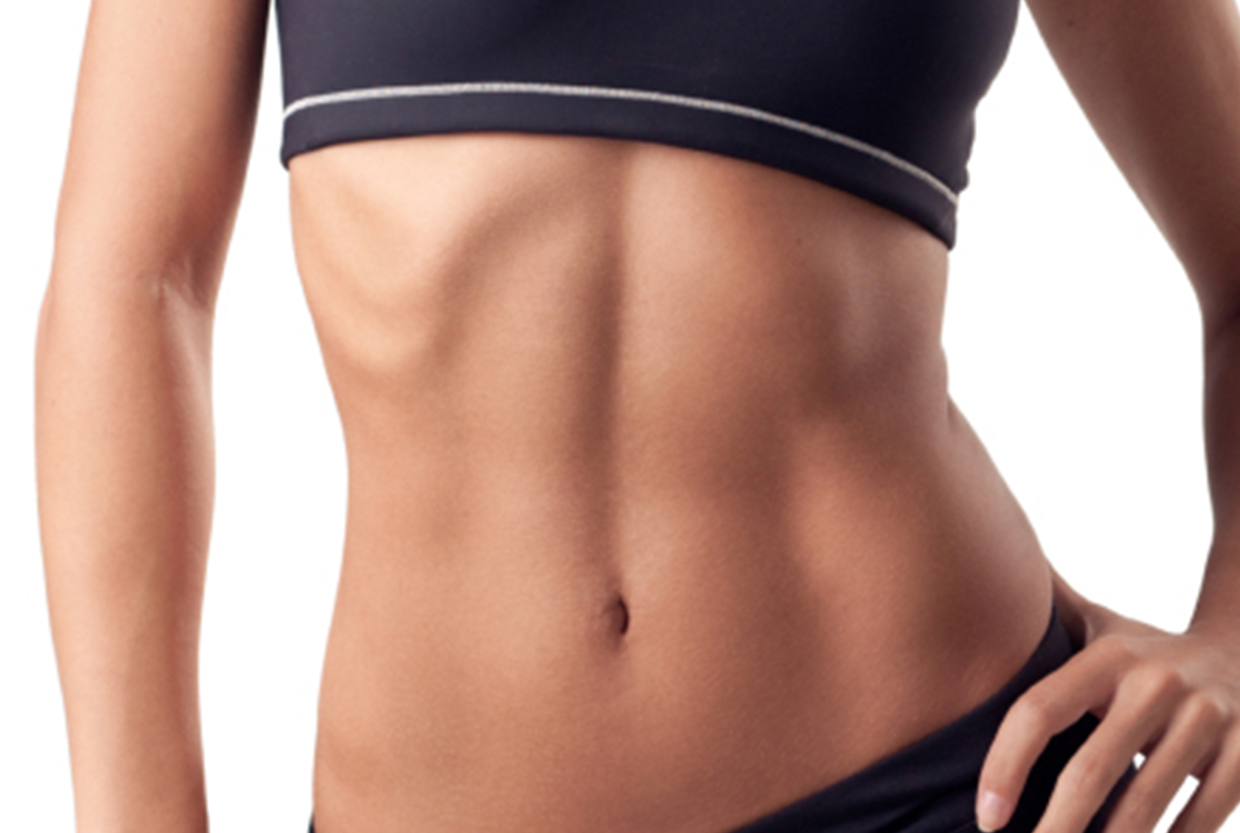
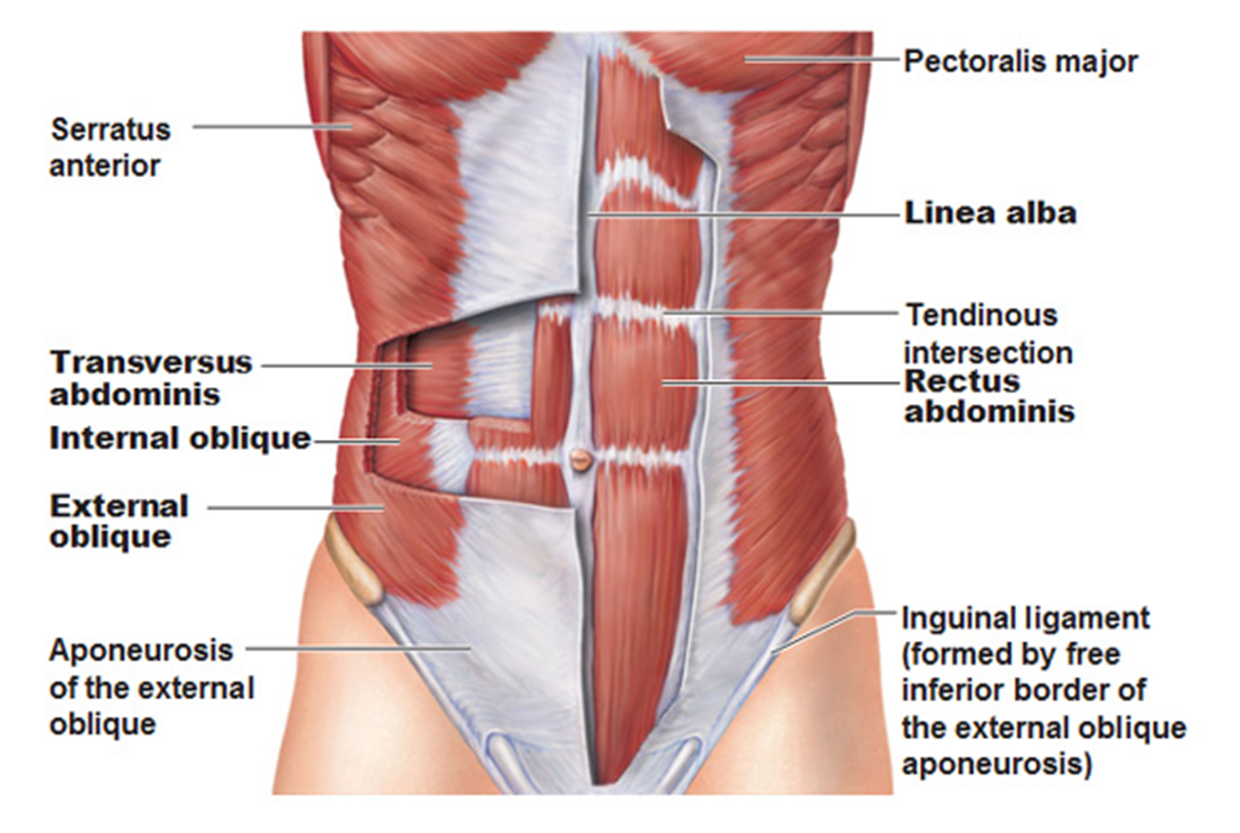
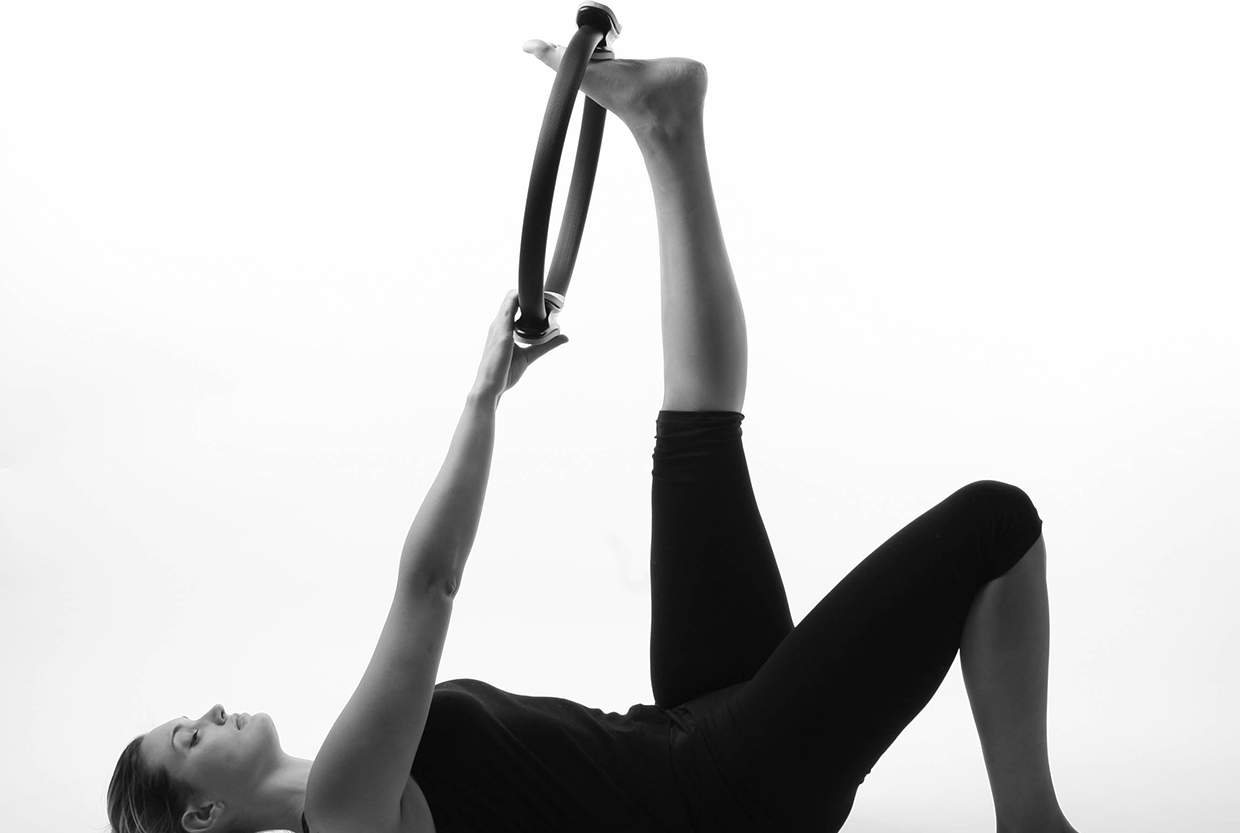
Symptoms
Postural alignment is a homeostatic mechanism that can be voluntarily controlled to a significant extent by osseous adjustments, direct and reflex muscle techniques, support when advisable, therapeutic exercise, and kinesthetic training.
Core strength exercises strengthen your core muscles, including your abdominal muscles, back muscles and the muscles around the pelvis.
Training the muscles of the core helps correct postural imbalances that can lead to injuries. The biggest benefit of core training is to develop functional fitness.
The core muscles consist of the transversus abdominis muscle, multifidis, diaphragm and pelvic floor muscles. These should all be contracted simultaneusly in order to gain maximum stability in the abdominal and lower back region. The core muscles are the powerhouse of the body and allow smooth contraction and movement of the arms, legs and back.
Increasing your ability to exercise progessively over time and fitness development. Muscles, health and fitness is improved through consistent implementation of a fitness program.
Flexibility or limberness refers to the absolute range of movement in a joint or series of joints, and length in muscles that cross the joints to induce a bending movement or motion.
Postural alignment is a homeostatic mechanism that can be voluntarily controlled to a significant extent by osseous adjustments, direct and reflex muscle techniques, support when advisable, therapeutic exercise, and kinesthetic training.
Postpartum recovery - Restoring the muscles torn through childbirth and helping to ensure the abdominal wall is restored to its' full potential.
The external oblique is situated on the lateral and anterior parts of the abdomen. It is broad, thin, and irregularly quadrilateral, its muscular portion occupying the side, its aponeurosis the anterior wall of the abdomen. In most humans (especially females), the oblique is not visible, due to subcutaneous fat deposits and the small size of the muscle.
The rectus abdominis is the large muscle in the mid-section of the abdomen. ... The external oblique muscles run diagonally down and in from the lower ribs to the pelvis. It extends from the upper arm bone to the hip bone and joins the abdominal and pectoral muscles.
Call Us
Find Us
Antur Aber Uchaf | Abersoch LL53 7UG

